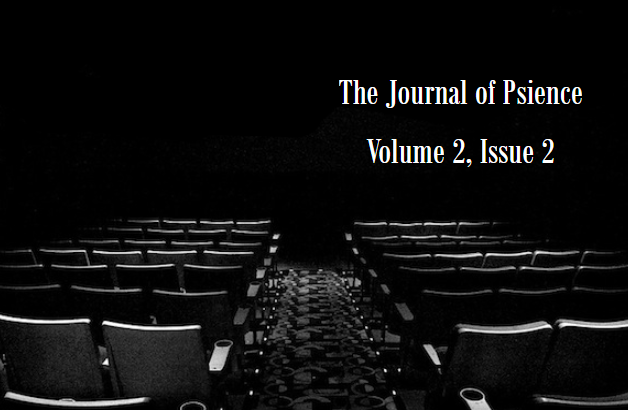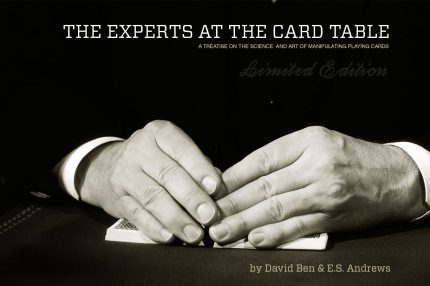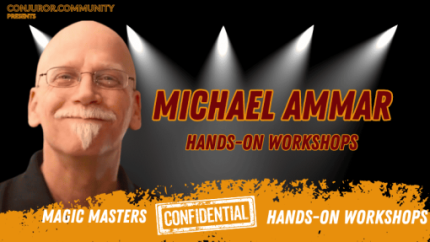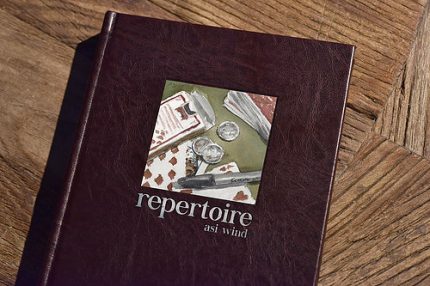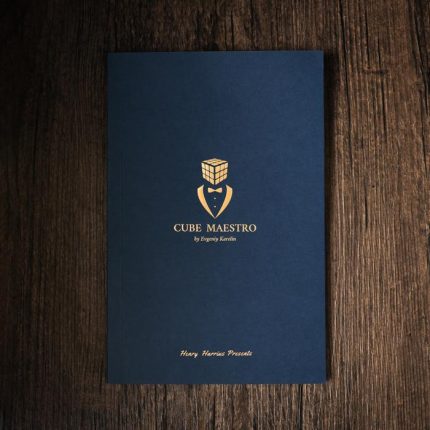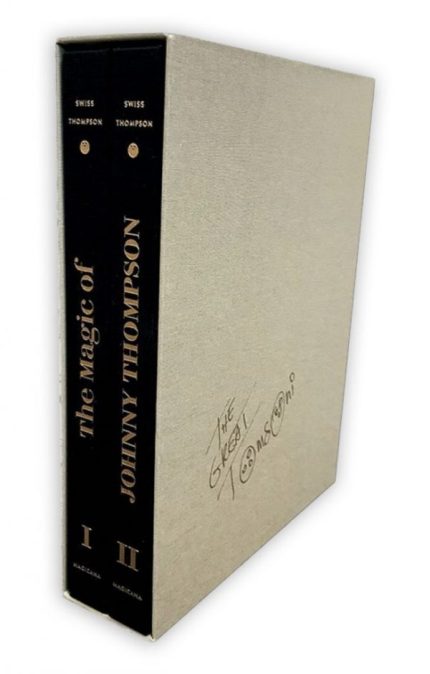Behold! Uncover secrets within ‘The Journal of Psience’ by Michael Weber (Vol 2, Issue 2). Learn to master subtle deception and read minds! A must-read for the discerning mentalist.
Product information
The Journal of Psience by Michael Weber (Vol 2 – Issue 2)
“I get by with a little help from my friends.”
John Lennon and Paul McCartney
Discover the art of subtlety and strategy in The Journal of Psience by Michael Weber. This issue delves into the nuanced use of secret assistants in performances, a topic often misunderstood or misused. Learn how to balance the use of these hidden helpers to enhance your performance without tipping off your audience.
- Innovative Techniques: Explore new methods for coding information through actions and locations, ensuring your performances are both convincing and confounding.
- Strategic Seating: Understand the significance of “House Seats” and how their placement can reveal audience insights, adding a layer of depth to your performance.
- Realistic Challenges: Discover how introducing moments of genuine difficulty can amplify the authenticity of your successes, making your performances more believable.
Whether you’re a seasoned performer or new to the craft, this issue of The Journal of Psience offers valuable insights and practical techniques to elevate your art. Don’t miss out on this essential guide to mastering the subtle complexities of performance.
Duis tongue vestrum fac,
The Journal of Psience
John Lennon and Paul McCartney
“Accomplice,” “Mule,” “Stooge.” These are just a few of the terms that have been used to describe a particular kind of secret assistant. Most performers are either over-reliant on their secret helpers or shun the use of them completely. It is useful to at least consider the middle-ground where the infrequent and judicious use of someone posing as a spectator can be safely used to produce results that are both convincing and confounding. We’ll examine a hybrid use of a secret helper and discuss how to avoid the errors that can cause your audience members to think, “that guy is in on it.” You’ll learn new and novel ways to silently code information through action and location, and an alternate path that intentionally creates a moment of real difficulty to strengthen the believability of a faux success.
“House Seats” are seats in a theater which have been identified for use by cast members, producers, the creative team, or others directly involved in the production. In this issue of The Journal, you’ll learn that there are some situations where the location of one person’s seat can tell you a lot about what another audience member is thinking.
Duis tongue vestrum fac,
The Journal of Psience


